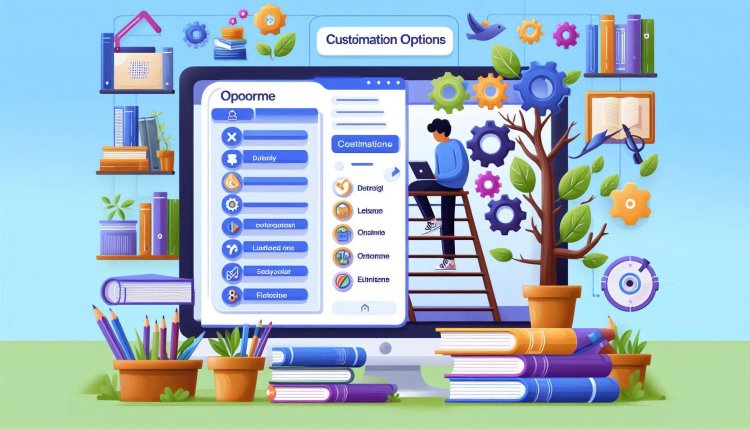Comparison of free vs paid online library ERP software
Discover the key differences between free and paid online library ERP software to make an informed decision for your library management needs.

Comparison of Free vs Paid Online Library ERP Software
Library Enterprise Resource Planning (ERP) software plays a crucial role in managing library operations efficiently. When it comes to choosing the right ERP software for a library, one of the key decisions to make is whether to opt for a free or a paid solution. Let's compare the two options based on various factors:
Cost
One of the most significant differences between free and paid online library ERP software is the cost. Free software, as the name suggests, does not require any upfront payment and can be used without incurring any direct expenses. On the other hand, paid software typically involves subscription or licensing fees, which can vary based on the features and services offered.
Features and Functionality
While both free and paid online library ERP software offer basic features such as cataloging, circulation, and patron management, paid solutions often provide more advanced functionalities. Paid software may include features like advanced analytics, integration with other systems, customizable reports, and customer support. Free software, on the other hand, may have limitations in terms of features and scalability.
Support and Updates
Another important aspect to consider is the level of support and updates provided by the software vendor. Paid online library ERP software typically comes with dedicated customer support, regular updates, and maintenance services. This ensures that any issues or bugs are promptly addressed, and the software remains up to date. In contrast, free software may have limited or community-based support, which can be a drawback for libraries with complex requirements.
Customization
Customization options are often more extensive in paid online library ERP software compared to free solutions. Paid software may offer the ability to tailor the software to specific library needs, integrate with other systems, and create personalized workflows. Free software, on the other hand, may have limited customization options, which can restrict the software's adaptability to unique library requirements.
Security and Data Privacy
Security and data privacy are critical considerations when choosing online library ERP software. Paid solutions often have robust security measures in place to protect sensitive library data and ensure compliance with data privacy regulations. Paid software vendors may also offer data backup and recovery services to safeguard against potential data loss. Free software may have fewer security features and may pose a higher risk of data breaches or vulnerabilities.
Scalability
Scalability is another factor to consider when comparing free and paid online library ERP software. Paid solutions are typically designed to accommodate the growth and evolving needs of a library. They may offer scalability options such as additional storage, user licenses, and modules to expand functionality. Free software may have limitations in terms of scalability, which can hinder the software's ability to support a growing library.
Integration
Integration with other systems is essential for seamless library operations. Paid online library ERP software often provides integration capabilities with third-party applications, library consortia, and other library management systems. This enables libraries to streamline processes, share data efficiently, and enhance overall productivity. Free software may have limited integration options, which can result in manual data entry and inefficient workflows.
Overall Value
Ultimately, the choice between free and paid online library ERP software depends on the specific needs and budget constraints of a library. While free software can be a cost-effective option for small libraries with basic requirements, paid solutions offer a wider range of features, support services, and customization options. Libraries looking to invest in a comprehensive and scalable ERP solution may find that the benefits of paid software outweigh the initial cost.
Conclusion
In conclusion, the decision to choose between free and paid online library ERP software should be based on a thorough evaluation of the features, support, customization, security, scalability, and integration capabilities of each option. Libraries should consider their unique requirements, budget constraints, and long-term goals when selecting the right ERP software for their operations.
By weighing the pros and cons of both free and paid solutions, libraries can make an informed decision that aligns with their needs and ensures efficient management
What's Your Reaction?

















